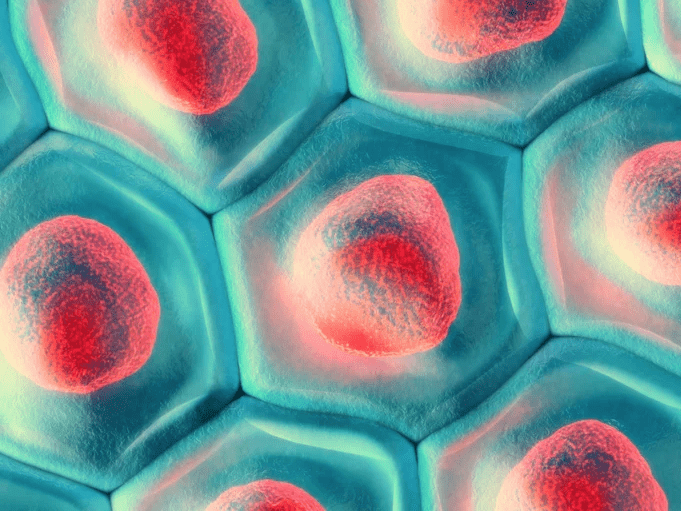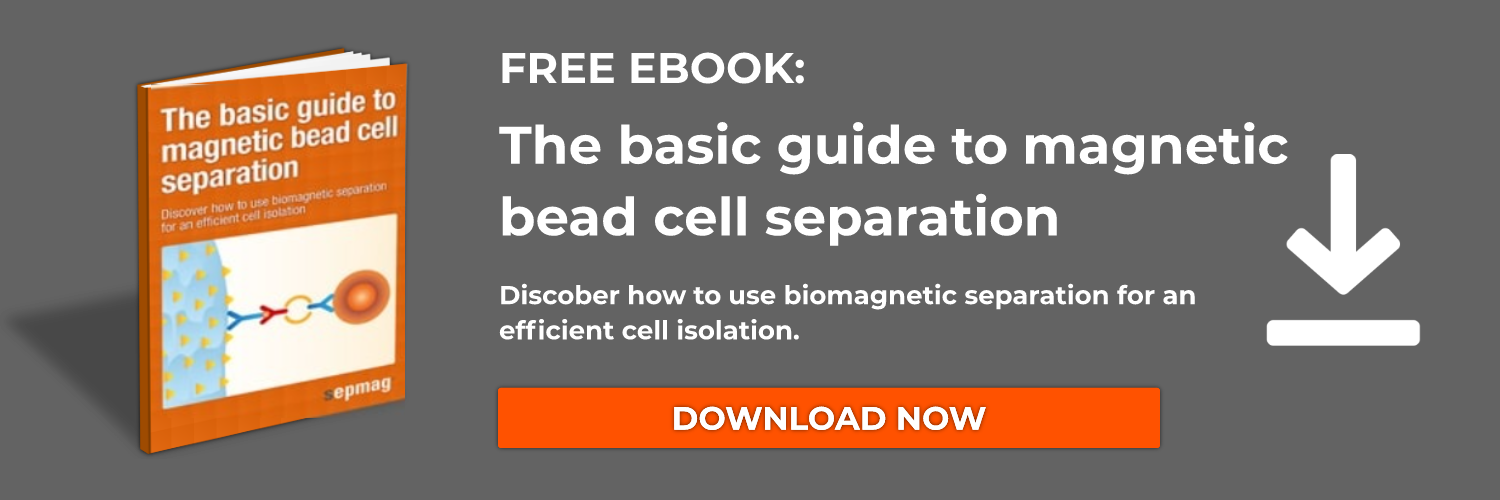As we have entered an age of personalized medicine, we have begun to understand that individual differences play a large role in disease expression and treatment options. This idea is also true of individual cells, the basic unit of life – a single cell is made of all of the necessary cell organelles that give that cell its functions and morphology. Therefore, while studying diseases’ phenotypes and developing new drugs, it is becoming increasingly important to study single cells instead of groups of cells.
Single cell isolation techniques have vastly evolved in the recent decades making it now possible to isolate single cells for analysis – referred to as “cell omics” – as it covers a wide range of fields namely as genomics (DNA), transcriptomics (coding and non-coding RNA), proteomics (protein), and metabolomics (the complete set of small-molecule chemicals found within a biological sample). This allows to collect plenty of information from such a small, but powerful structure, especially so valuable in cancer studies where disorders generally arise from a mutation within a single cell.
Before starting a single cell analysis, scientists need to isolate or identify single cells as a whole and intact entity with as little disruption or stress as possible. It is important to avoid undue stress on the cell because such stress can alter chemical pathways within the cell and distort the study. Based on the variety of principles used, there are currently a variety of techniques used for single cell isolation with magnetic-activated cell sorting (MACS) technology as a simple and cost-effective one introduced in the 1990s.
Single cell isolation methods
Essentially, the output of single-cell isolation techniques from the cell suspension is based on higher efficacy or throughput, purity, and recovery. Single-cell sorting can be performed by the isolation of whole cells or cell specific nuclei or cell-specific organelles, and a number of approaches have been introduced for sorting the desired cells as the following:
- Physical properties (density, size, electric charges, and deformability): density gradient centrifugation, membrane filtration, and microchip-based capture platforms;
- Biological characteristics of the cell: fluorescence-activated cell sorting and magnetic-activated cell sorting (MACS);
- Other techniques include Micromanipulation/Manual Cell Picking, laser capture microdissection (LCM), Microfluidics, Limiting dilution, and Immunopanning.
The advantage of the first subtype methods is that single-cell isolation is carried out without labeling of the cell while the second subtype methods carry out the process of cell sorting by using affinity-based methods. The third subtype methods are highly efficient and advantageous, since these limit contamination as the cells are directly captured from suspension or tissue samples.
There is also another classification for these techniques where separation of cell subsets is based on their classification according to one or more cell characteristics. In bulk sorters, cell classification and sorting are usually achieved in a single step and all the target cells are collected together, whereas in single-cell sorting techniques, these two steps are independent sequential processes and each cell is analyzed individually
- Single-cell sorters: Fluorescence-Activated Cell Sorting (FACS, also called Flow cytometry), laser capture microdissection and Micromanipulation/Manual Cell Picking.
- Bulk sorters: Density gradient centrifugation, membrane filtration and Magnetic-Activated Cell Sorting (MACS)
Individual cell picking techniques
There are a couple of techniques used for single cell isolation that require skill and knowledge of cell morphology. These are fluorescence activated cell sorting (FACS), laser capture microdissection and Micromanipulation/Manual Cell Picking.
FACS relies on labeled cell surface proteins for cell isolation, but in this case the label is fluorescent. This technology is more sophisticated than MACS because each cell is individually analyzed by the system. The FACS sorter can analyze the surface markers on each cell and sort them into individual wells in a 96-well plate. Some institutions have core services that will accept 96-well plates with single cells sorted into each well. They lyse these cells and perform single cell RNA sequencing for the client.
Laser capture microdissection requires the use of a special microscope and involves the capture of a single cell from tissue on a microscope slide. A short duration laser pulse is directed by the user at the tissue to melt a thermoplastic film above the target cell. The film is them picked up off the slide and the target cell remains adhered to it. The film is removed in later steps to ensure a clean single cell suspension for downstream analysis. Manual cell picking is another challenging technique that requires skill and knowledge of the cell sample. This setup requires a microscope and micro-pipettes on a mechanical stage. Once a target cell is identified it can be manipulated by the micropipette with negative pressure.
Magnetic Activated Cells Sorting
MACS is a passive separation technique commonly used for isolating different types of cells based on their group of differentiation. It ensures isolating desired cell populations of higher purity around 90%. Isolation of different types of cells through MACS depends upon cell-surface antigens recognized by antibodies or streptavidin-coated magnetic beads. In brief, the cell suspension is placed in the magnetic field, and the labeled cells are attracted while the non-labeled cells are washed out. Turning the magnetic field off releases the remaining captured cells.
MACS has two modes of separation: positive or negative. In the positive separation technique, antibody-coated beads are used to bind the labeled desired cells while the untagged cells are washed off. In contrast, the negative separation technique can be used if species-specific substances are unavailable. A cocktail of antibodies can be used to coat the untreated cells, so that unlabeled cells will be captured while the labeled cells can be collected in the washed-out cells.
As MACS immunomagnetic method can isolate cells only on the basis of positive and negative population, it is therefore a limited technique. Hence, a second force, integrated Dielectrophoretic- Magnetic Activated Cell Sorter (iDMACS), is applied for sorting bacterial cells that are tagged with an additional particle and are susceptible to both dielectrophoretic forces and magnetic particles (Kim and Soh, 2009). By the incorporation of this method, two types of cell can be sorted out and the purity level of those same cells can be increased up to 95% by applying two forces.
Conclusion
Cellular variations have been the focus of scientists in the recent decades with subsequent technological progress studying cellular heterogeneity. Although there have been numerous cell isolation methods but isolation and analysis of the sensitivity of assay, precision, high throughput, and speed for the global profiling of RNA expression and DNA mutation as well as epigenetic modifications demands more advanced techniques in the near future.
Related news
- How to use a sonicator with magnetic beads
- Antibody validation
- Macs cell sorting: technology and advantagest





